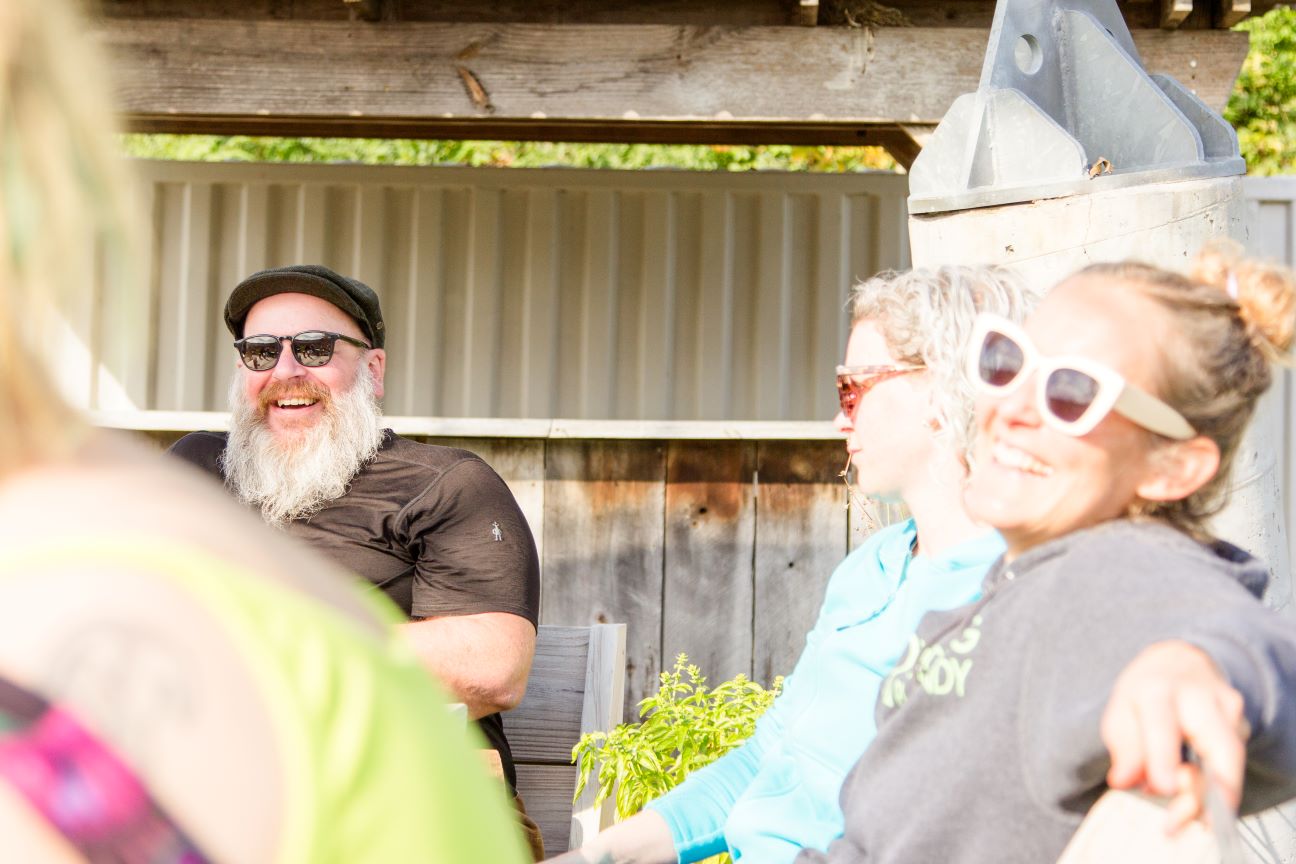Feeding a Family on Local Food
But then, as I considered how to feed our family in a similar way, I was struck by the belatedly obvious realization that not only did we not live on a farm, but we didn’t even have a decent garden. And that while we were becoming surrounded by farmers and artisans who were selling their wares, our budget did not allow for purchasing all of our food from those sources. In short, Kingsolver’s husband says it well in her book when he poses the rhetorical question: “…how can someone like me participate in the spirit of growing things, when my apartment overlooks the freeway and other people’s windows? Shall I raise a hog in my spare bedroom?”*
And while our family does have a little more grass than a freeway, our lot is small and our thumbs lacking in green. How can our family eat in a way that supports local foods? And do our best efforts matter?
In short, we decided that yes, our best efforts, even when relatively meager, do matter. Supporting local farmers and artisans is on an economy of scale that allows every purchase to matter. So we currently do what we are able (both financially and organizationally — with 3 kids ages 7 and under, it’s often difficult just to keep up with cooking, much less plan well enough to make much of it local). Some things that have helped us in our endeavor:
1) We joined a CSA.
We’ve done this for the two years since we moved to Indianapolis, and it’s a sure-fire way to get our veggies local. There’s no need to grab our greens at Marsh when they’ve already come in our CSA box. It also forces us to actually eat our veggies — we cooked them and ate them because we had already invested in them, and didn’t want to waste. We looked up cooking instructions online when we didn’t know how to cook a new vegetable.
2) We shop the farmer’s market, every weekend, all year.
It was a great day when we discovered that the farmer’s market isn’t just vegetables. From local cheeses to pastured beef to wild-caught salmon — there’s always a market for local goods. Thanks to the IWFM there is an extended season, allowing for a farmer’s market year-round in Indianapolis. This is a luxury, in our very own city.
3) We buy in bulk from local farms.
The meats offered at the markets are amazing in quality, but can get pricey. You can get the best deal when buying in bulk — the average price of a beef quarter is about $4.50/lb — which is the lower-end market price for grassfed ground beef, and an absolute steal for roasts and steaks. Most farmers will offer a price break for bulk orders — you can buy a bushel of apples, a wheel of cheddar, a gallon of honey — all for less money than purchasing in small amounts. An investment in a deep freezer is helpful in this endeavor — we bought one on Craigslist, and sometimes split bulk orders with other families.
To finance these bulk purchases, we put a portion of our food budget each month into a savings account. When we write a big check for freezer beef, we can reimburse ourselves from that fund so it doesn’t throw off an entire month’s budget.
4) We are working on expanding our garden.
Obviously, the cheapest way to eat local food is to grow/raise it yourself. We are not natural gardeners, but value the results enough that we’re working on our skills. This year we grew herbs, tomatoes, arugula, and sweet potatoes. Next year we hope to double our garden size and add many more favorites. Our discussions of the future often include adding a few chickens to our family, but until then we’ll stick with the pastured eggs from the farmer’s market.
In my experience, the commitment to eating local has been like learning a new language. At first it comes very slowly and is completely foreign; but as you continue to build on your vocabulary, the basics become like a native language. We’ll continue to try adding new local items as our language skills evolve, with the ultimate goal being that if we can source a food locally, we will, at every turn.
* Barbara Kingsolver, et al., Animal, Vegetable, Miracle (Harper Perennial: New York, 2007) 180.


